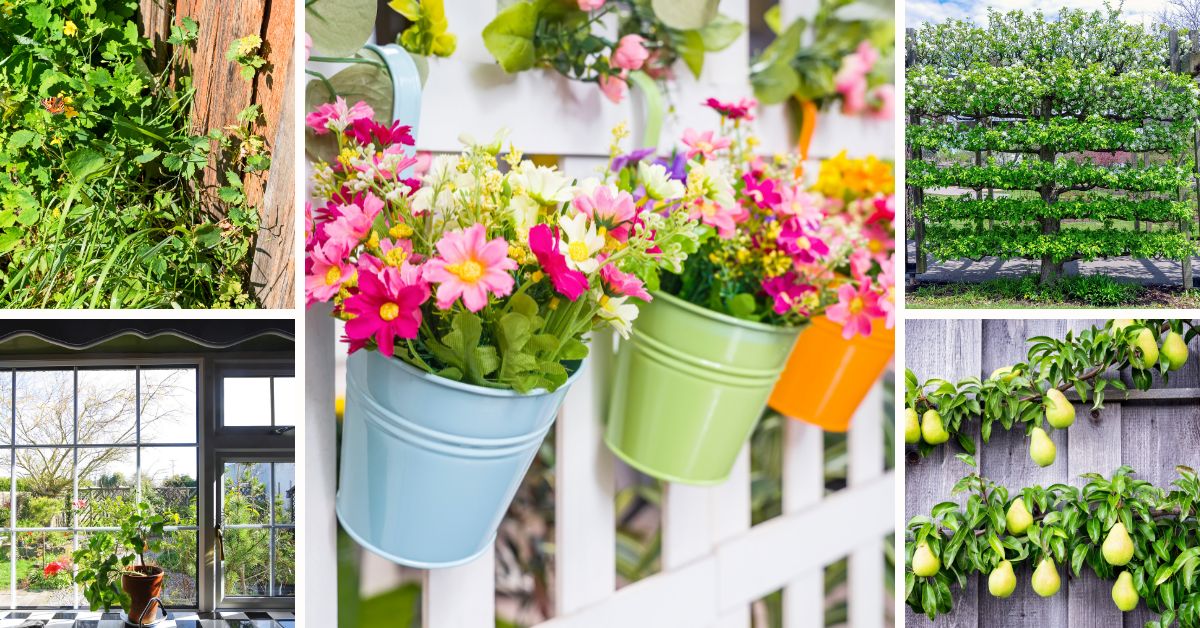Want to add a little oomph to your yard and fence? You'll be surprised what a little greenery can do. Even if you don't have the greenest thumbs, landscaping along your fence is a relatively simple way to spruce up your yard. Your fence garden can provide food for your family, add a pop of color to the great outdoors or invite friendly insects such as honeybees and butterflies.
Check out a few fence landscaping ideas and tips for pulling it off.
5 Ideas for Landscaping Along a Fence
Enhance your yard by adding a touch of greenery alongside various fence types, such as privacy or semi-private designs, and using materials like vinyl, wood, or aluminum. The positioning of added plants — inside or outside the fence — relies on your landscaping choices and HOA regulations.
1. A Pollinator Garden
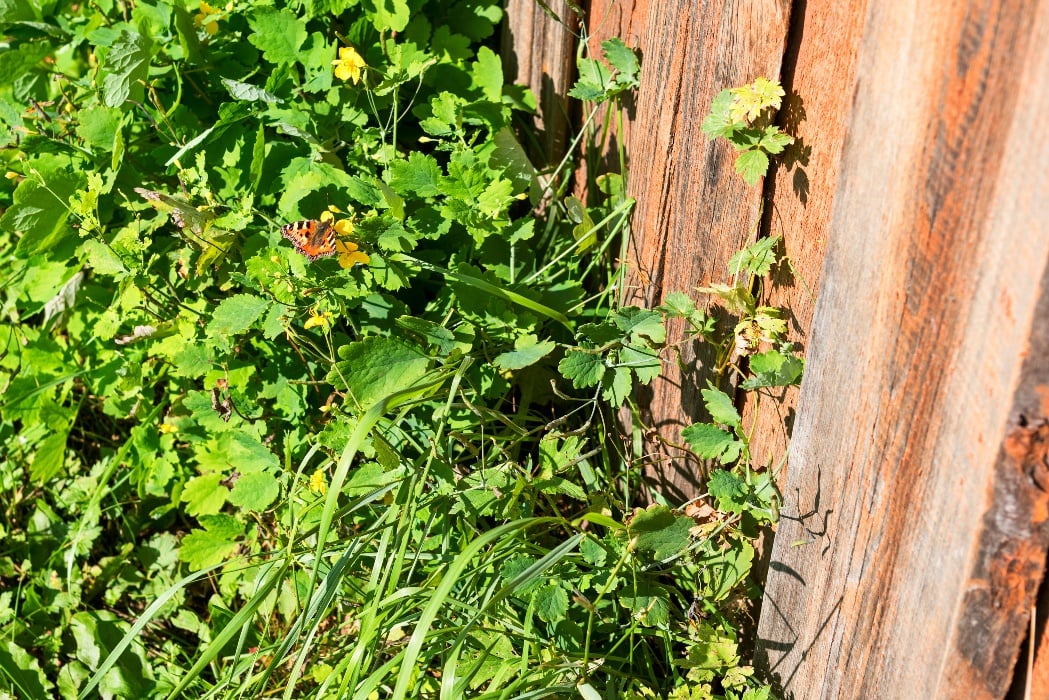
Not all insects are pests. Some are beneficial, such as butterflies and bees, which pollinate flowers and play a significant role in the food system. Since many pollinators are under threat, they often need a helping hand to get the nectar they need to thrive.
Add pollinator-friendly plants along your fence to attract honey bees and butterflies to your property. Many flowering plants, including coneflowers, sunflowers, and zinnias, draw in pollinators. You can go further and add plants that baby pollinators feed on. For example, the caterpillars of swallowtail butterflies love parsley. Monarch butterflies need milkweed when they're in the caterpillar stage.
2. A Kitchen Garden
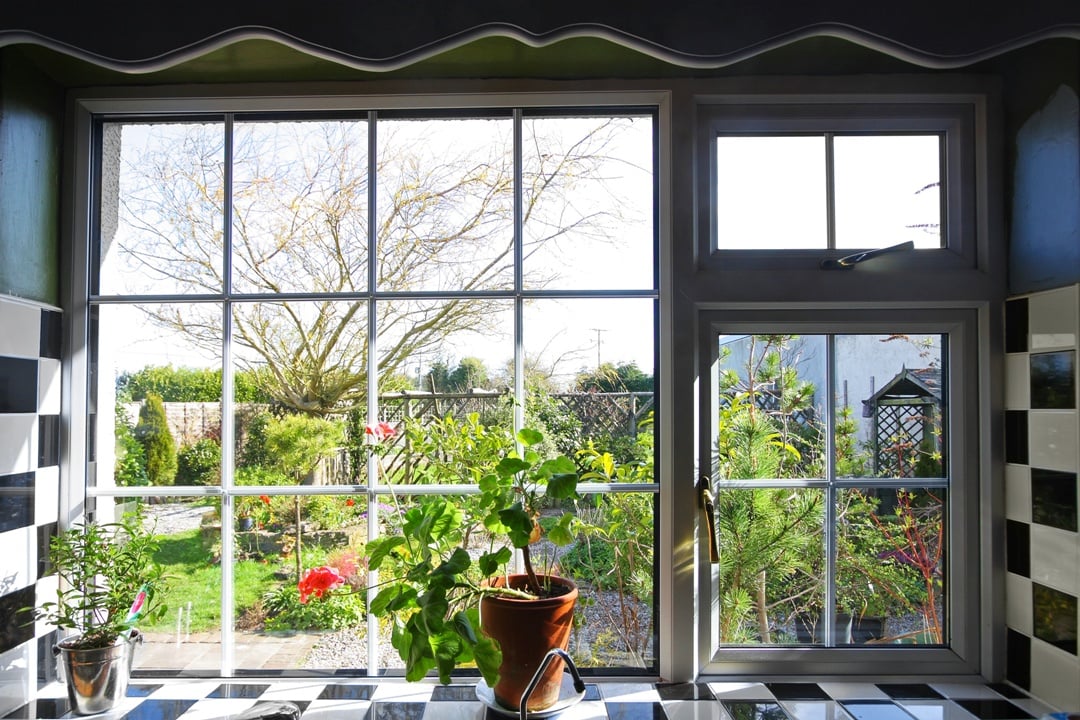
If your fence is just a few steps from your kitchen door, why not plant a few edible plants along it? Choose plants that grow well together, such as tomatoes with basil and marigolds or the "three sisters" (corn, beans, and squash).
Think in levels when designing your kitchen garden. You want tall, towering plants like corn or tomatoes paired with lower-growing plants like marigolds and squash. To fill any gaps, you also need a mid-level plant, such as beans or basil.
3. A Celebration of Color
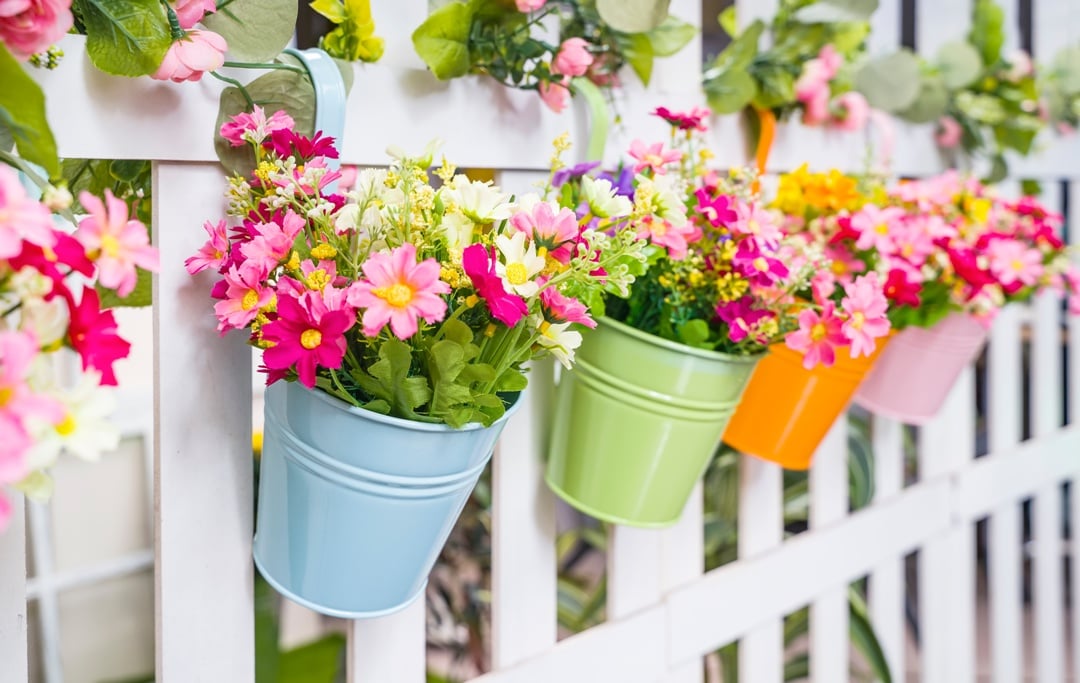
Turn your fence into a burst of color by planting blooms in a rainbow of hues. You can go right when you focus on adding color to your yard. Pick a mix of tall flowers, such as black-eyed susans and coneflowers, a few ground covers, such as creeping phlox and thyme, and plenty of mid-height plants, such as petunias, marigolds, and geraniums.
4. A Miniature Orchard
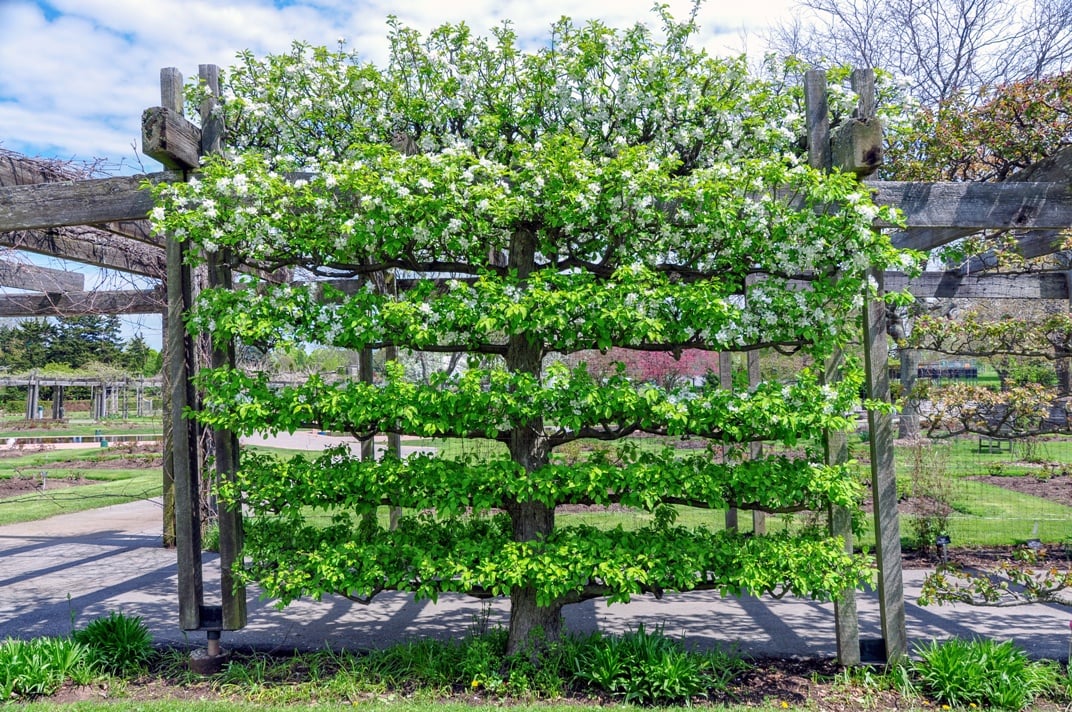
If you dream of having fruit for days, consider planting dwarf fruit trees along your fence. You can train the trees to grow against the fence using a pruning method called espalier. It can take a few years for the trees to take form, but the wait is well worth it.
5. A Living Fence
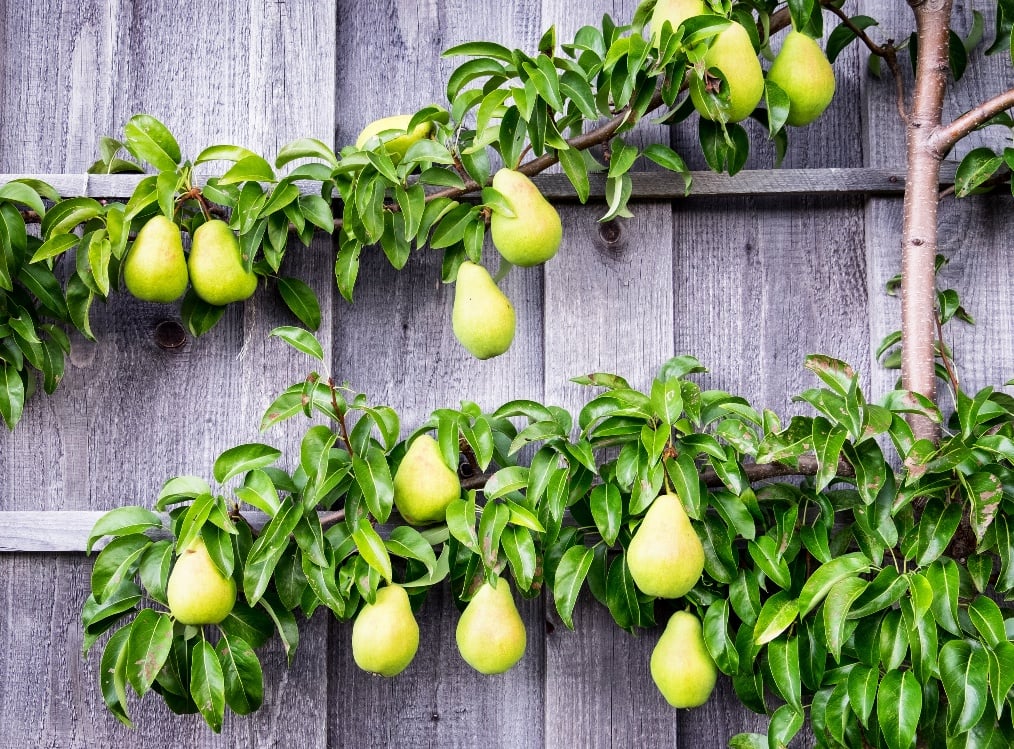
People often plant rows of arborvitae or other evergreen shrubs to create a living divider along their property lines. You can also add a row of evergreens in front of your fence to create a double row, with the fence between the bushes or dwarf trees.
Creating a living fence can be particularly appealing if you have a semi-privacy or aluminum fence installed and want more privacy from your neighbors.
Tips to Keep in Mind When Adding Landscaping
Before you add landscaping along your fence, confirm that any project you undertake complies with local zoning laws and that you have any required permits. In Indiana, you usually don't need a license to add plants or a garden, especially if the garden will be on your private property.
You may need permission or approval from your HOA before planting, especially if the plants will be visible from the street.
Here are a few more tips to follow to ensure the success of your landscaping project:
- Pay attention to the sun in your yard. Some plants need full sun to thrive, meaning at least six hours of sunlight daily. Others do best in shade or part-shade and will wilt or burn if there's too much sun. Your fence may affect your yard's sun, so keep an eye on the area for a few days before you choose any plants.
- Pick native plants. Native plants originated in your area and are adapted to the particular climate conditions where you live. They're usually easier to care for and less likely to be invasive.
- Don't plant too close to the fence. Besides vining plants that climbed up the fence and espaliered trees tied to the fence, keep your plantings about a foot away from the structure. You want to leave enough room to access the fence for necessary maintenance and repairs.
Need to install a fence before you turn your landscaping dreams into reality? Contact us to talk about your fence options and for help choosing a fence that will complement your landscaping ideas.

